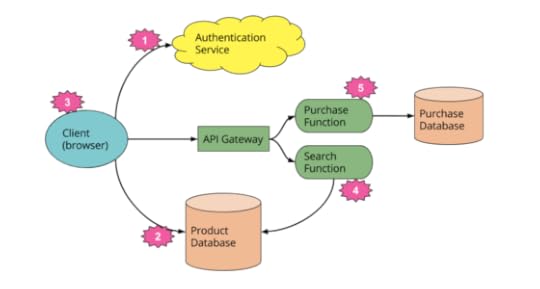Martin Fowler's Blog, page 26
October 9, 2016
photostream 102
September 28, 2016
Evolutionary Database Design

When we began to do agile software development at the turn of the century one of
the big questions was how to evolve databases. In 2003 Pramod Sadalage and I published an article on the
techniques we used, now we've updated this article to reflect a decade's worth of
learning since then. The core techniques are still the same: organize database
changes into composable migrations that capture schema refactorings and data
updates. Store these migrations in the code repository and use tools to apply them
to keep the database synchronized with the code.
September 18, 2016
photostream 101
September 12, 2016
Basics of Web Application Security: Protect User Sessions

Once you have a properly authenticated user, you also have a target for an
attacker. If an attacker can infiltrate an authenticated session, he can do
anything that user is allowed to do. So it's important to protect sessions by
generating safe session identifiers, not exposing them, and managing the lifecycle
of sessions.
August 15, 2016
Basics of Web Application Security: Authentication

If we need to know the identity of our users, for example to control who
receives specific content, we need to provide some form of authentication. Cade
and Daniel explain the important, but often misunderstood, difference between
authentication, authorization, and session management. They then help you
understand your options for doing authentication safely.
August 4, 2016
Future of Serverless Architectures

Mike concludes his overview of serverless architectures with a gaze into the
future. He expects many of the drawbacks to be mitigated through tooling and
education and to see a growing understanding of the patterns of when and
where to use it. He hopes to see moves towards platform independence and
approaches that go beyond the simple thinking of FaaS.
July 25, 2016
Origin of the term “serverless”

A lot of people complain about the use of the term "serverless" in serverless
architectures. In this addition Mike outlines where the term came from (not us). He also
adds a section and
comparing them to containers.
July 20, 2016
photostream 100
July 18, 2016
Drawbacks of Serverless Architectures

Mike slaps serverless architectures with the wet fish of reality, looking at the
drawbacks of using this approach. While some of these are due to the current state
of tooling, others are an inherent "feature" of this architecture, based on a
high degree of dependence on specific vendor capabilities and limitations.
July 13, 2016
Benefits of Serverless Architectures

Mike continues his examination of serverless architectures by wandering in the
land of serverless unicorns and rainbows. Here the serverless style can reduce
operational and development costs, drastically reduce scaling costs, ease
operational management, and even save the planet from global warming.
Martin Fowler's Blog
- Martin Fowler's profile
- 1103 followers






